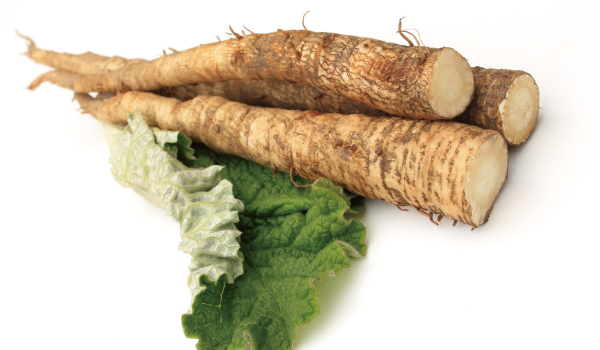
Plants have been used in medicine for thousands of years. Our ancestors used local plant life to treat a number of illnesses, and plants are still used today in many nonindustrial countries as a substitute for modern drugs, which are often prohibitively expensive. Many of the chemical compounds that occur naturally in plants, called phytochemicals, have beneficial medical effects when consumed by humans. By isolating and processing these phytochemicals, drug manufacturers have been able to create a wide range of complex and effective cures. In fact, 25% of all prescription drugs used today are based on phytochemicals found in plants. Indeed, many plants hold the key to fighting incredibly serious diseases. Chemicals in foxglove, for instance, have been used to create a drug for treating patients with heart conditions. Similarly, the opium poppy has been used to create morphine, considered by many to be one of the world's most useful pain relievers. So why is the use of herbal medicine often criticized as being ineffective or unreliable? One of the biggest factors might be that often great claims are made for plants that, while they may have medical uses, don't live up to the hype. Foxglove is a case in point. It was once used as a treatment for many illnesses, including epilepsy, for which it was completely useless. Burdock, a widespread, thistlelike plant, is another. Though it is an effective cure for minor skin irritations caused by stinging nettles and poison ivy, claims for it being able to cure cancer, AIDS, and diabetes are completely unproven. Medicinal plants may also contain side effects or dangers that are not always known to the recipient. Rosy periwinkle, which has been used in Chinese and Indian medicines for centuries and apparently heals ailments as diverse as diabetes and constipation, is in actuality highly toxic. In addition, due to varying environmental factors, two different specimens of the same herb may have widely different strengths—a factor that is difficult to predict and that can make prescribing the correct dosage a matter of perilous speculation. This is not to say that taking herbal remedies cannot be effective. However, just as you would with prescription drugs, you should consult a medical professional before you take any.
植物入藥的歷史已有上千年之久。老祖宗曾運用在地植物療癒眾多疾病。現今許多非工業國家仍以植物做為天價現代藥物的替代品。 植物天然形成的許多化合物稱為植物化學物質,進入人體後則可產生有益療效。藥商藉由分離與加工這些植物化學物質,創造出廣泛且有效的複合療法。事實上,有25% 的現代處方藥是以植物化學物質為基礎。 許多植物具有抵禦重症的成分物質。舉例而言,毛地黃所含的化學物質,用來研製心臟病藥物已行之有年。罌粟則用以製造嗎啡,也就是全球公認止痛效果最好的藥物之一。 那麼,為什麼草藥常遭受無效或令人存疑的批評?最主要的因素之一可能是,僅管植物有某種程度的療效,卻往往被誇大,令人覺得言過其實。毛地黃就是一個例子。人們曾經以毛地黃治療許多疾病,包括癲癇在內,但毛地黃根本拿癲癇沒轍。分佈廣泛的薊狀牛蒡也是一樣,牛蒡雖然能有效舒緩蕁麻和毒藤刺傷所造成的輕微皮膚敏感症狀,但是治癒癌症、愛滋病和糖尿病的效果則完全未經證實。 草藥類的植物亦可能產生患者不清楚的副作用或危險。中藥和印度藥學數世紀以來均廣泛運用日日春,不僅以此治療各種疑難雜症,還用以改善糖尿病和便祕,但日日春其實含有劇毒。此外,相同品種的草藥,生長在條件不同的環境裡,效力也可能各異。因此,在難以推敲的情況下,可 說是以碰運氣的方式,驚險判斷正確的用藥劑量。 本文並非否認草藥療法的功效。就如同使用處方藥的情況,服用任何藥物之前,一定要先請教專業醫師的建議。 |
沒有留言:
張貼留言